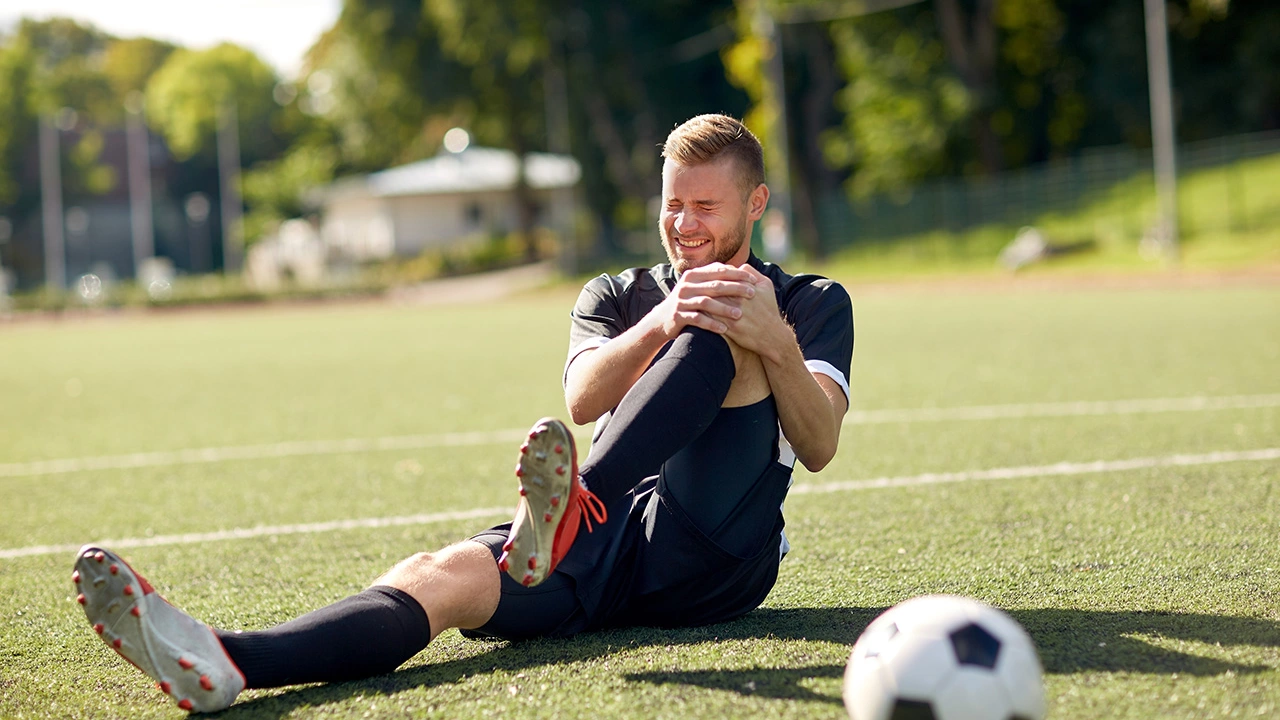Bad Knees? Simple Ways to Play Soccer Pain‑Free
If your knees have started to feel sore after every game, you’re not alone. Many soccer lovers deal with knee aches, but you don’t have to hang up your cleats. Below are everyday steps that help you protect those joints and get back to the pitch faster.
Know What Triggers the Pain
First, figure out what makes your knee hurt. Is it the sudden change of direction, the constant sprinting, or the hard tackles? Most soccer‑related knee pain comes from two sources: 1) overuse of the patellar tendon and 2) small meniscus tears from twisting moves. When you know the trigger, you can change how you train.
Try keeping a quick log after each practice. Note the drills you did, the surface you played on, and any discomfort you felt. Over a week you’ll see patterns – maybe the grass field causes more strain than artificial turf, or a particular drill like “cut‑and‑run” spikes the pain.
Warm‑Up Right, Cool‑Down Smart
A solid warm‑up prepares the muscles around the knee and reduces stiffness. Spend five minutes doing light jogging, followed by dynamic stretches: leg swings, walking lunges, and ankle circles. Avoid static stretches before you start; those can make the joint tighter.
After the game, cool down with gentle static stretches for the quads, hamstrings, and calves. Hold each stretch for 20‑30 seconds. This helps flush out waste products and eases soreness.
Strength Exercises That Protect Your Knees
Strong hips and thighs take pressure off the knee. Add these three moves to your routine 2‑3 times a week:
- Band side steps: Place a resistance band around your knees, squat slightly, and step sideways. Do 2 sets of 15 steps each side.
- Single‑leg bridges: Lie on your back, lift one leg, and push your hips up. Aim for 12 reps per leg.
- Wall sits: Slide down a wall until thighs are parallel to the floor, hold for 30 seconds. Build up to a minute.
These exercises improve stability without putting heavy load on the joint.
When to See a Pro
If pain lasts more than a few days, feels sharp, or makes you stumble, it’s time to see a physio or sports doctor. They can rule out serious issues like ligament sprains or cartilage damage. Early diagnosis means faster recovery and less chance of chronic problems.
During rehab, follow the specialist’s plan. It often includes gentle range‑of‑motion work, progressive strength training, and gradual return to sport. Skipping steps can bring the pain back.
Everyday Habits That Help
Stay active even on rest days. Light walking or swimming keeps blood flowing to the knee, speeding up healing. Keep a healthy weight – extra pounds add stress to the joint.
Invest in proper footwear. Soccer cleats with good ankle support and a firm sole reduce wobble. If you play on hard surfaces often, consider a knee brace or compression sleeve for extra stability.
Finally, listen to your body. Missing one practice to let a sore knee rest is smarter than playing through the pain and ending up sidelined for weeks.
With the right warm‑up, strength work, and smart recovery, bad knees don’t have to end your soccer love. Try these tips, keep track of how you feel, and you’ll be back chasing balls with confidence.

Why do soccer players have bad knees?
by Caspian Montgomery / 17 Jul 2023In my experience, soccer players often deal with bad knees due to the nature of the sport. The constant twisting, turning, and sudden changes in direction can be hard on the knees, leading to wear and tear over time. Also, the impact from jumping and landing, as well as collisions with other players, can result in injuries. And let's not forget that playing on hard surfaces can exacerbate these issues. It's crucial for players to ensure they're taking care of their knees to keep them healthy and game-ready.

